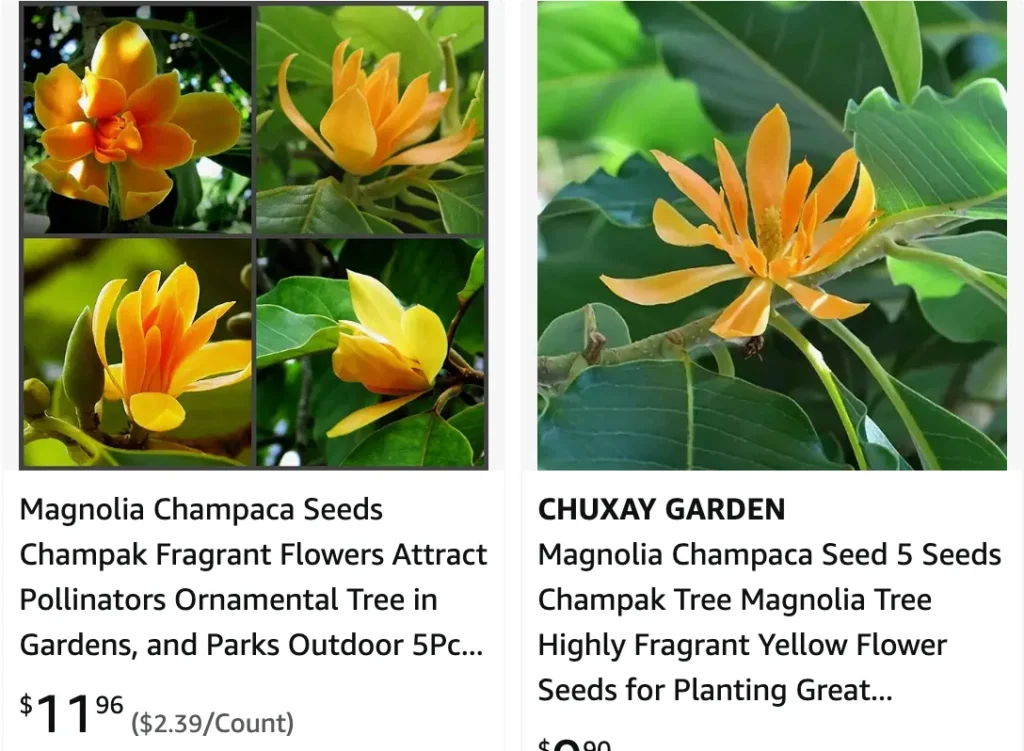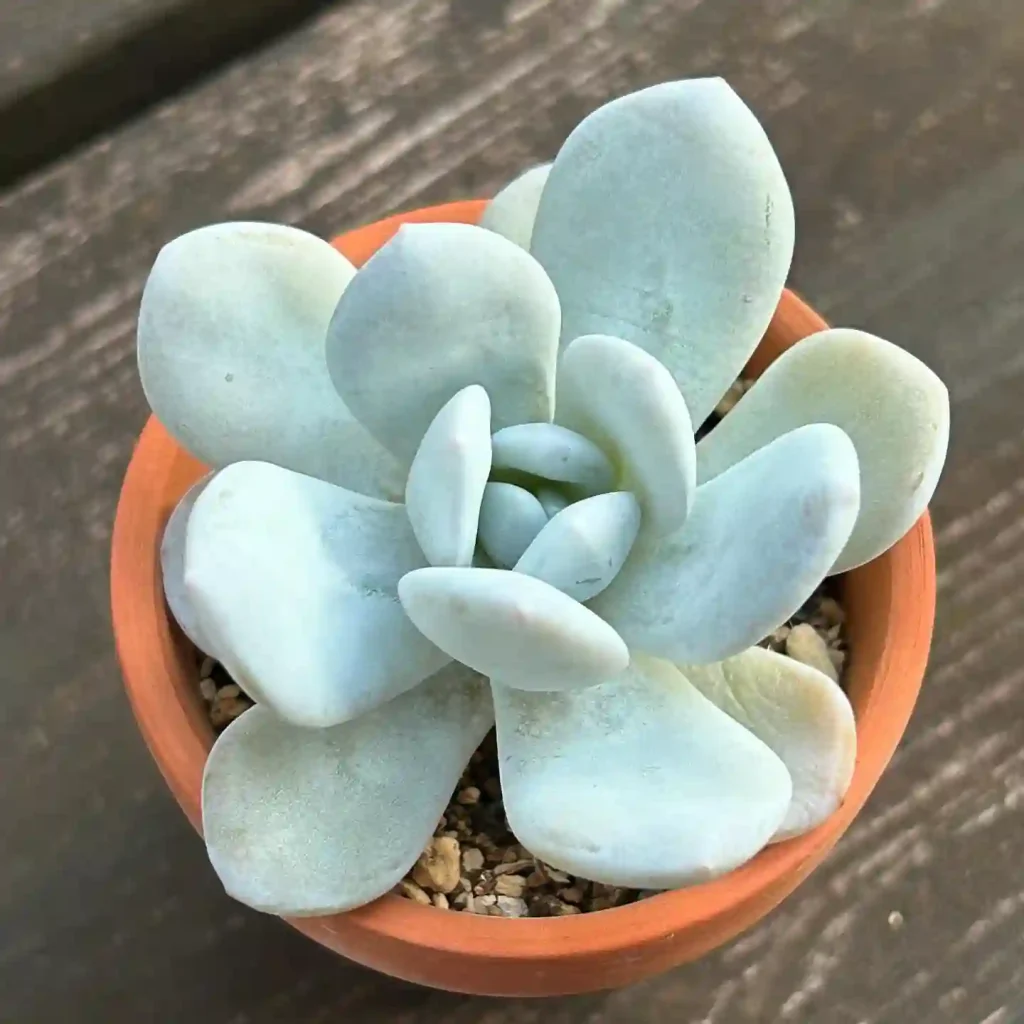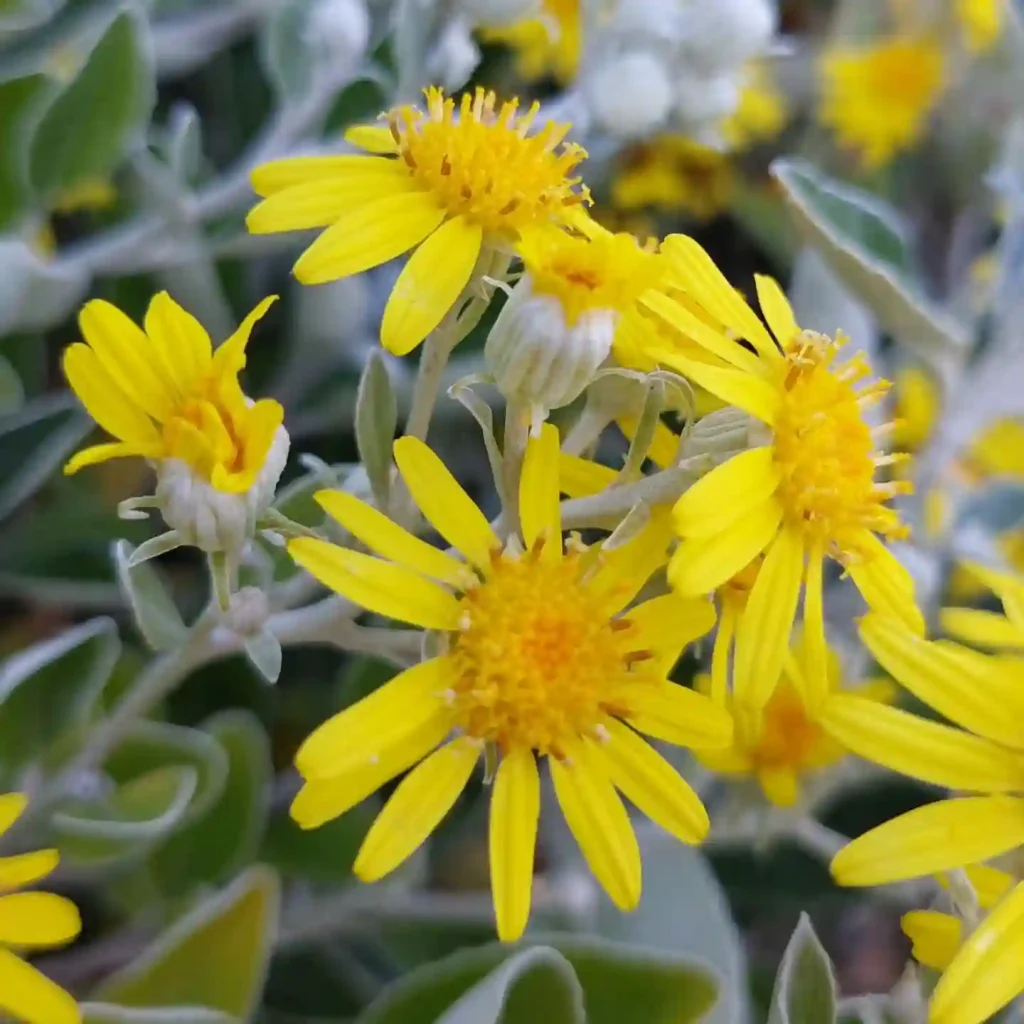
Magnolia Champaca: A Fragrant Beauty in My Garden
Magnolia Champaca, also known as Champak, is a tree that has captivated me for years with its intoxicating fragrance and striking beauty. Its bright yellow-orange flowers not only add a splash of color to my garden but also fill the air with a sweet, heady scent that is truly unforgettable. In this article, I’ll share my experiences and tips on how to grow Magnolia Champaca from seed and how to take care of this lovely tree.
371 Species in Genus Magnolia
What is Magnolia Champaca?
Magnolia Champaca is a tropical tree native to Southeast Asia and the Indian subcontinent. It belongs to the Magnoliaceae family and is renowned for its aromatic flowers, which are often used in perfumes and traditional ceremonies. The tree can grow up to 50 feet tall, with glossy green leaves and large, fragrant blossoms that bloom throughout the year in tropical climates.
How to Grow Magnolia Champaca from Seed?
Growing Magnolia Champaca from seed can be a rewarding process, though it requires patience and care. Here are the steps I’ve followed to successfully cultivate this beautiful tree from seeds:
Step 1: Collecting Seeds
The first step is to obtain fresh seeds from a mature Magnolia Champaca tree. The seeds are encased in a bright red, fleshy fruit that appears after the flowers have been pollinated. I usually collect these fruits in the fall when they are fully ripe.
Step 2: Preparing Seeds
Once I have the seeds, I remove them from the fruit and soak them in water for 24 hours. This helps to soften the seed coat and makes germination easier. After soaking, I clean the seeds to remove any remaining pulp.
Step 3: Stratification
Stratification is a crucial step in the germination process. I place the cleaned seeds in a plastic bag with some damp peat moss or vermiculite and store them in the refrigerator for about three months. This cold treatment mimics the natural winter conditions and helps break seed dormancy.
Step 4: Planting Seeds
After stratification, the seeds are ready to be planted. I fill small pots with a well-draining potting mix and plant the seeds about an inch deep. It’s essential to keep the soil moist but not waterlogged. I place the pots in a warm, bright location, but out of direct sunlight.
Step 5: Germination and Transplanting
Germination can take several weeks to a few months. Once the seedlings have developed a couple of true leaves, I transplant them into larger pots. When they are strong enough, I move them to their permanent location in the garden, ensuring they have plenty of space to grow.
How to Take Care of Magnolia Champaca?
Caring for Magnolia Champaca involves attention to its watering, soil, light, and pruning needs. Here’s how I keep my Magnolia Champaca healthy and thriving:
Watering
Magnolia Champaca prefers consistently moist soil, especially during the growing season. I water my tree regularly, ensuring the soil remains damp but not soggy. During the hotter months, I increase the frequency of watering to prevent the roots from drying out.
Soil
This tree thrives in well-draining, slightly acidic soil. I improve the soil quality by adding organic matter such as compost or aged manure. Mulching around the base of the tree also helps retain moisture and regulate soil temperature.
Light
Magnolia Champaca requires plenty of sunlight to bloom profusely. I planted my tree in a location that receives full sun to partial shade. While it can tolerate some shade, too much can reduce the number of flowers.
Fertilizing
To promote healthy growth and abundant flowering, I fertilize my Magnolia Champaca in the spring and summer. I use a balanced, slow-release fertilizer, applying it according to the manufacturer’s instructions. Organic fertilizers like fish emulsion or seaweed extract are also beneficial.
Pruning
Pruning is essential to maintain the shape and health of the tree. I prune my Magnolia Champaca in late winter or early spring before new growth begins. I remove any dead, diseased, or crossing branches to improve air circulation and light penetration.
Pest and Disease Management
Magnolia Champaca is relatively pest-resistant, but it can occasionally be affected by scale insects or aphids. I inspect my tree regularly and use insecticidal soap or neem oil to treat infestations. Good garden hygiene and proper care also help prevent diseases like root rot or leaf spot.
What to Plant with Magnolia Champaca?
Companion planting enhances the beauty and health of the garden. I pair my Magnolia Champaca with other tropical and subtropical plants that thrive in similar conditions. Some excellent companions include:
- Gardenias: Their fragrant white flowers complement the Magnolia Champaca’s blossoms.
- Jasmine: Adds another layer of fragrance and visual interest.
- Hibiscus: Their bold, colorful flowers create a vibrant contrast.
- Ferns: Provide a lush, green backdrop and thrive in the shade cast by the tree.
By following these tips and sharing my experience, I hope you too can enjoy the enchanting beauty and fragrance of Magnolia Champaca in your garden. It’s a journey that requires dedication, but the reward is a tree that offers year-round delight.
If i die, water my plants!



